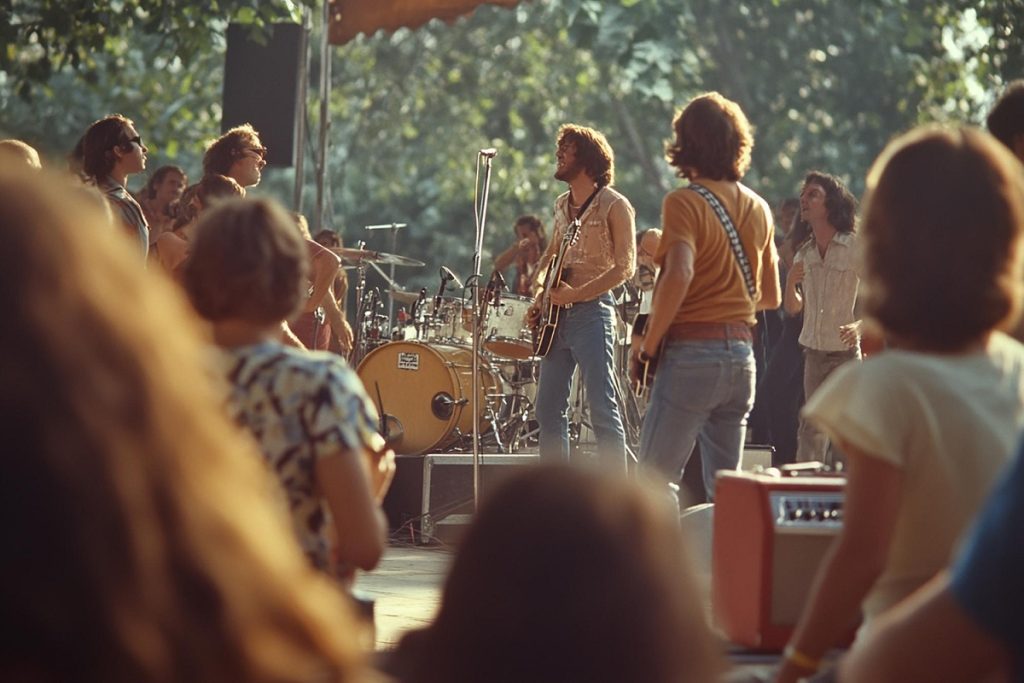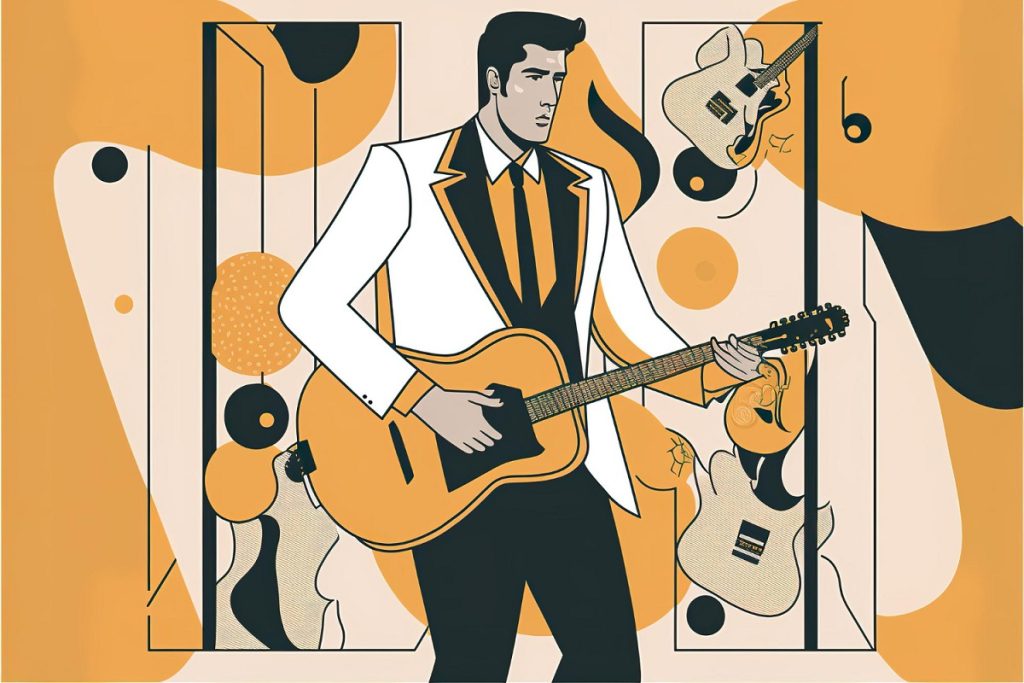The digital transformation of the music industry is a saga marked by innovation, controversy, and radical shifts in how music is created, distributed, and consumed.
At the heart of this revolution were Napster and the emergence of MP3s, which collectively turned the industry on its head.
The key players: Napster and MP3s
Napster, founded by Shawn Fanning and Sean Parker in 1999, began as a peer-to-peer file sharing service that allowed users to share and download music files as MP3s without any cost. While artists like Metallica and Dr. Dre criticized and took legal action against Napster for copyright infringement, the platform opened the door to a new way of accessing music which would eventually lead to the legitimization of digital music distribution.
MP3 technology itself was crucial as it allowed audio files to be compressed without significantly compromising the quality of the sound. This technology enabled music lovers to store and transfer a large amount of music digitally, which was previously unthinkable with formats like CDs due to physical and storage limitations.
The impact on artists and albums
While Napster was controversial, it also highlighted a massive demand for a digital music platform. Artists began to see the internet as a viable platform for distributing their music directly to fans. Notably, Radiohead’s “Kid A” and Wilco’s “Yankee Hotel Foxtrot” are examples of albums that benefited from digital distribution, exploring new grounds in how music was released and marketed.
Cultural and historical impact
The rise of Napster and MP3s not only transformed how music was consumed but also how it was perceived culturally. There was a significant shift from music being a physical object to a more fluid and accessible form of art. This democratization of music access widened music exposure and diversity, influencing a generation of music creators and listeners.
The legal battles and discussions surrounding these technologies sparked debates on copyright laws, eventually leading to modern streaming platforms like Spotify and Apple Music, which balance user access with artist compensation. This period of turmoil and transformation is crucial to understanding today’s music industry dynamics.
Interesting anecdotes and facts
It’s fascinating to note that at its height, Napster had about 80 million registered users. The platform’s ease of use and the broad availability of songs led to a surge in music sharing among internet users worldwide, laying the groundwork for the social sharing elements seen in today’s digital platforms.
Moreover, the legal case against Napster by Metallica and other artists put a spotlight on the need for modernizing copyright laws, which hadn’t been significantly updated since the era of sheet music.
The legacy of Napster and MP3 technology in the music industry serves as a powerful example of how technological innovation can disrupt existing structures, prompting new models and opportunities for artists and consumers alike. While the Napster era was marked by considerable contention, it also paved the way for a richer, more accessible and democratically distributed world of music.
Remembering the Napster and MP3 revolution is essential not only as a relic of digital history but as a cornerstone of modern music consumption. The shift from physical media to digital files was not just a technical change but a cultural movement that has defined two decades of music evolution.






